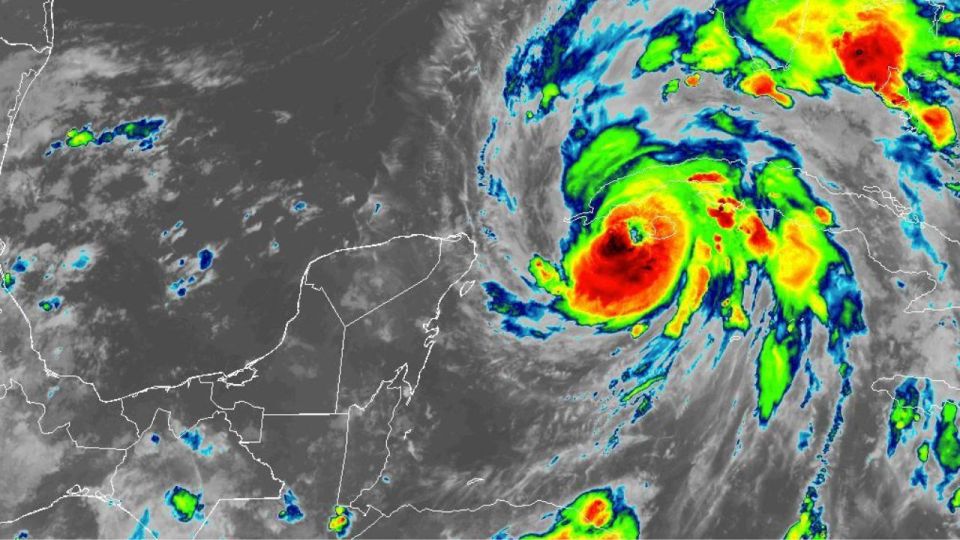The Institute of Meteorology of the Republic of Cuba forecasts that Hurricane Ian will strengthen to category 3 before making landfall around 4 am on Tuesday in the extreme west of Cuba.
Hurricane Ian reached category 2 on Monday, out of a maximum of 5 on the Saffir-Simpson scale, but it is expected to strengthen to category 3 before making landfall early Tuesday in the extreme west of Cuba.
As reported tonight by the Institute of Meteorology of the Republic of Cuba (Insmet), it will not be until 4:00 in the morning local time, when the direct impact of the hurricane arrives in that Caribbean country.
Hurricane Ian is the fourth major phenomenon of the current cyclone season, but the first to hit Cuban territory.
In the municipality of Pinar del Río, capital of the province of the same name, the westernmost in the country, people began preparing for the impact of the storm from the first hours of the day, which would make landfall strengthened to category 3.
The windows of businesses and houses already had adhesive tape in the shape of an ‘X’ as protection.
“Attention to the population, we are in the cyclone alert phase!” could be heard from the megaphone of a car in the streets, according to the agency.
Alert in Cuba due to the arrival of Hurricane Ian
More than 27,000 people have been evacuated in Pinar del Río, according to the state-run Cuban News Agency, while the official media Cubadebate added that 82,968 people were also evacuated in western Artemisa.
In the last hours, the hurricane has gained in organization and intensity and has maximum sustained winds of about 96 miles per hour, with higher gusts.
Meteorologist Yinelys Bermúdez explained on state television that the phenomenon is located 235 kilometers (146 miles) southeast of Cape San Antonio, the end of Pinar del Río.
Ian’s rainy areas are also present on Isla de la Juventud, 175 kilometers (108 miles) south of Havana.
The strong winds, intense rains and tidal waves will cause coastal flooding in low-lying areas of the provinces of Pinar del Rio, Mayabeque and in the special municipality of Isla de la Juventud.
The National Civil Defense has decreed the “cyclone alarm” for these territories, while others after three provinces in the west and one in the center of the island remain in the “alert” phase.
The current cyclone season in the Atlantic (from June 1 to November 30) has been described as “very active” with a forecast of up to 17 cyclones, 9 of them with the possibility of reaching the category of hurricane.
At the beginning of last June, a heavy rainstorm associated with Cyclone Alex hit the central and western regions of the island with a toll of four deaths.
The last time a large hurricane affected Cuba was in 2017, when Irma crossed the north coast of the island from east to west, leaving 10 dead and material losses valued at $13.185 million dollars.

